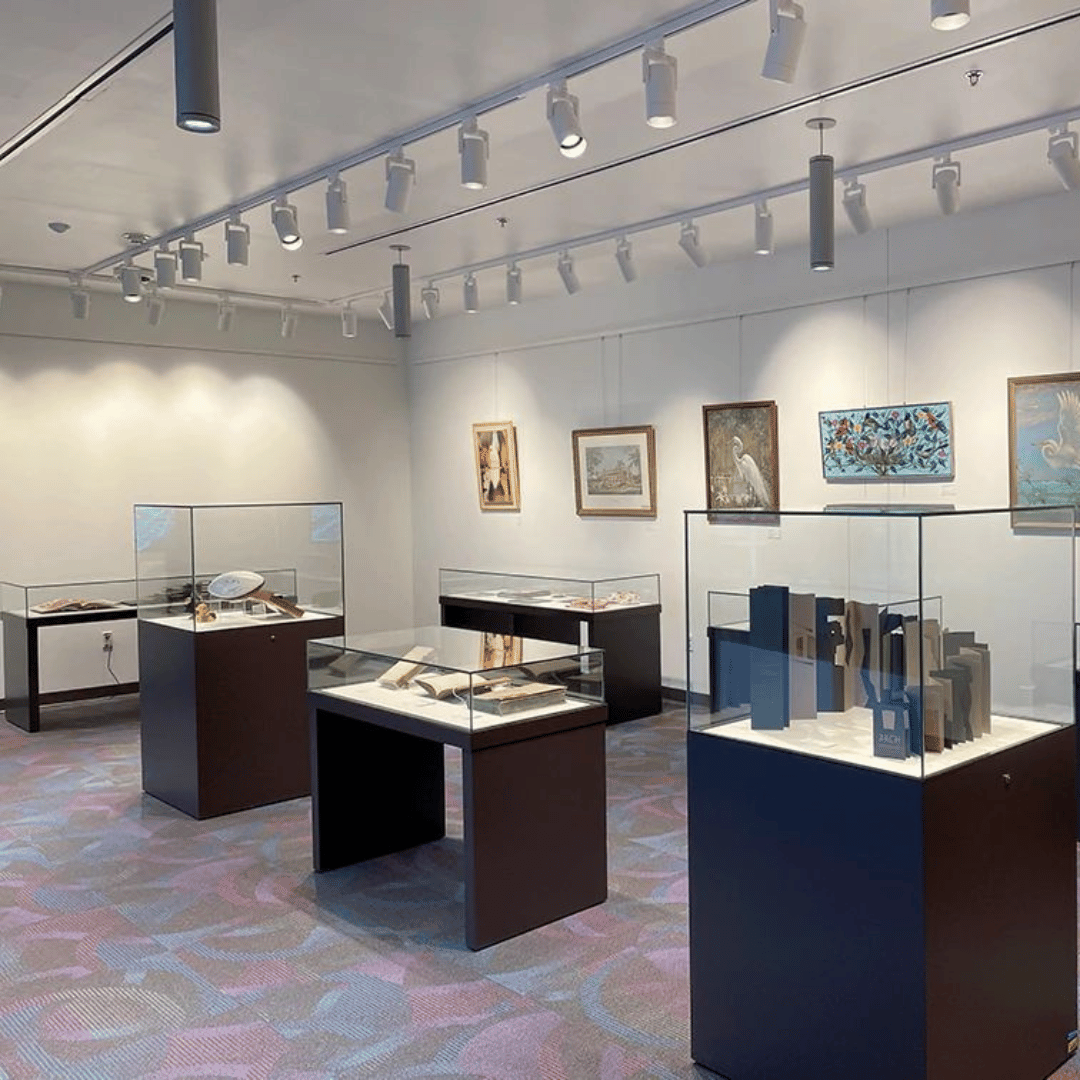Choosing between glass and acrylic for exhibit cases involves weighing various factors. Glass offers durability, is ideal for permanent exhibits, and fits specific aesthetics. Its tensile strength makes it suitable for larger cases. Acrylic, however, is more affordable due to lower costs and fabrication. Its lightweight nature simplifies access, perfect for rotating exhibits. With more fabricators specializing in acrylic, turnaround time is quicker. In this post, we explore these factors to help you decide on your exhibit needs.
Why would I choose glass?
- Excellent for permanent exhibits due to its durability
- Glass cases fit a specific aesthetic choice
- Loaned objects can require glass cases
- Glass's tensile strength makes it ideal for larger cases
Why would I choose acrylic?
- Acrylic material and fabrication costs less, making it more affordable
- Light weight makes accessing contents easier, which is ideal for rotating exhibits
- More case fabricators work with acrylic and conservation-grade exhibit cases, resulting in faster turnaround
Glass |
Acrylic |
|
Cost |
The cost will be higher due to manufacturing time and materials | The lower cost reflects the cost of fabrication and material |
Lead Time |
Lead time will be longer than acrylic due to manufacturing complexity | More fabricators work with acrylic than glass so it can be produced faster; this makes an acrylic vitrine easier to replace in an emergency |
Lifespan Range |
10-25+ years | Ranges from 2 to 10+ based on the type of acrylic, environment, and handling |
Size Limits |
Glass can be made into larger cases | Acrylic has vitrine size limitations based on the thickness of the acrylic and the bonding method used |
Security |
When broken, laminated safety glass will stay in one piece and will not shatter; tempered glass will break into many small pieces | Acrylic is shatter-resistant and will stay in one piece when broken |
UV Protection |
Tempered glass cases do not have UV filtering; laminated safety glass is UV filtering | Acrylic is available both in standard acrylic and UV-filtering acrylic |
Weight |
Glass cases are very heavy | Acrylic can be up to half the weight of glass |
Case Accessibility |
Cases should have features that accommodate the weight of glass; gas lifters and hinged doors are examples | Because acrylic is lighter, it is easier to lift and remove from a case, however, it does require careful handling to prevent damage; limited access techniques because acrylic is less rigid |
Cleaning |
The surface can be cleaned with glass cleaner | Special cleaners made for acrylic (such as Acrifix) are necessary to extend the life of your case; they will also reduce the static buildup that happens with acrylic |
Maintenance |
Hinges, gas lifters and seals require regular maintenance to ensure case longevity | Other than careful handling, no maintenance is required |
Shipping Cost |
Due to the weight of the glass, crated shipping costs will be higher | Due to the lighter weight of acrylic, shipping costs will be lower |
Want to learn more About Exhibit Cases?
-

EXHIBIT CASE
BUYER'S GUIDE
-

ALL ABOUT
ACRYLIC SHOWCASES
-

ALL ABOUT
GLASS SHOWCASES

